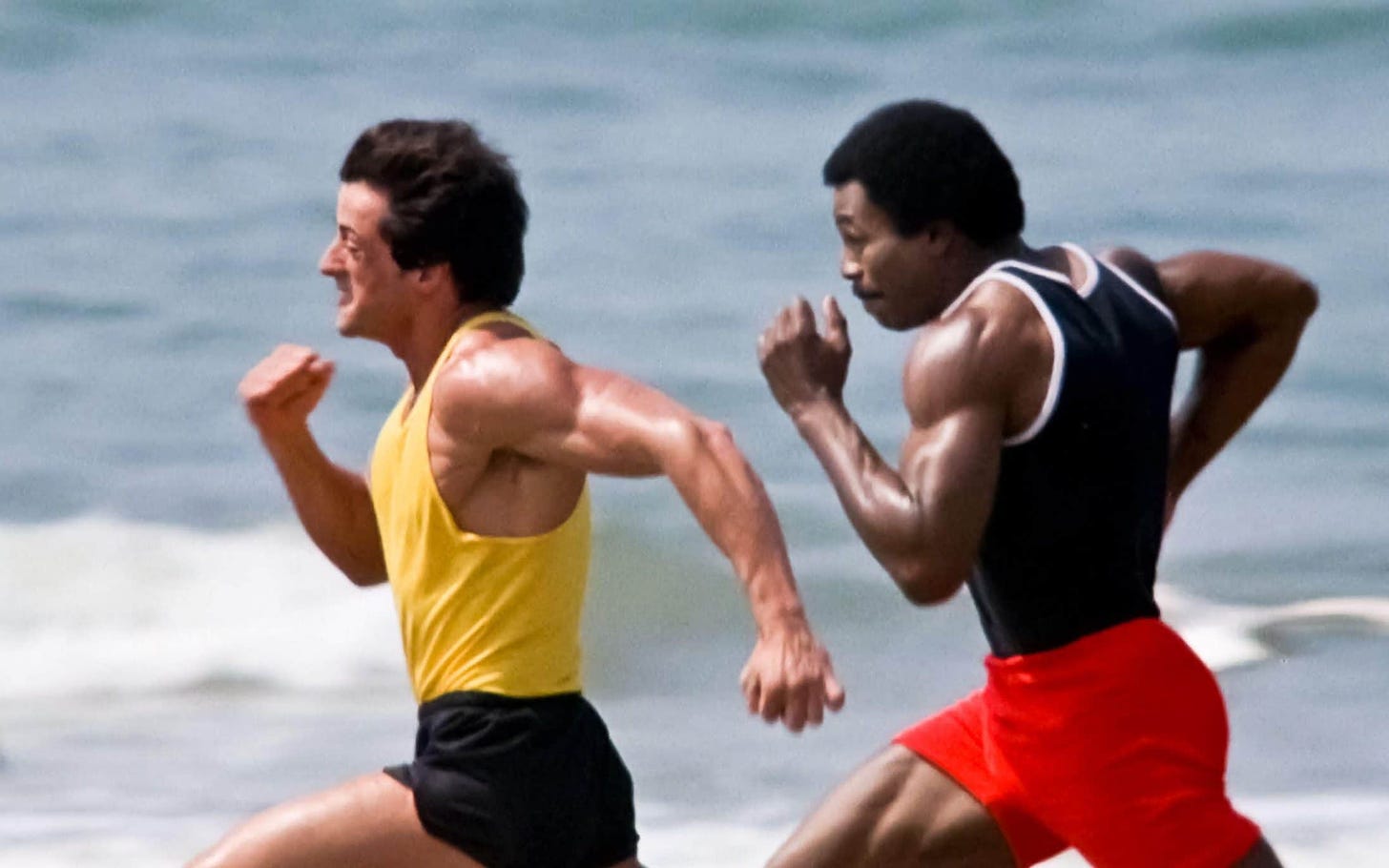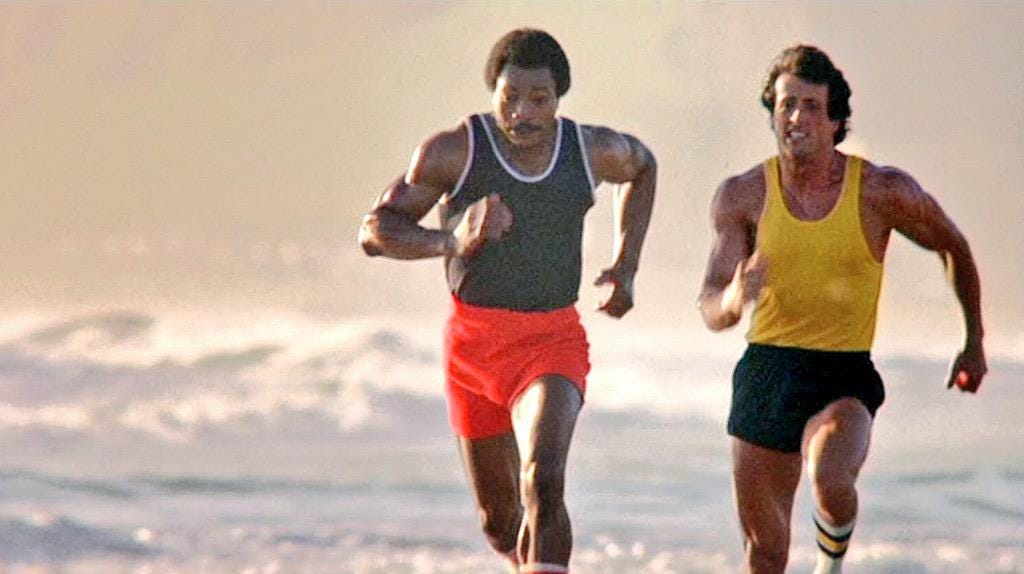Block 2 of meat leopard is all about taking the general prep work from block one and transitioning to building a greater volume of running. Think of Block 1 as a preparatory phase. Again, this program is for strength athletes and casual lifters looking to get into running. Many folks in those populations don’t have the tendon and ligament integrity to withstand the repetitive low level plyometric forces of distance running.
Read about Block 1 here
Block 2 is about building speed with short intervals on the high intensity days while continuing to work aerobic capacity on low intensity days. More interval based training at low to moderate volumes is used in Block 2 to transition the tissue strength you’ve developed, and are continuing to develop, from the low intensity runs.
Block 2 (Weeks 4 - 6)
Just like Block 1, there will be 3 running days. Day 1 will be at a medium intensity, Day 2 at a medium to high intensity, and day 3 will be a low intensity. Block 2 uses both Fartlek training and intervals to enhance running speed. The chart below indicates the workouts for each respective day.
Fartlek Training
Fartlek translate to “speed play” in Swedish. It’s a close counterpart to interval training although it’s much less organized. Interval training usually has predetermined intervals like on Day 2 of the program. Fartlek training on the other hand has surges or bursts where you’ll pick up the pace and run closer or above race pace. A surge is a bout of higher intensity running lasting anywhere from 10 seconds to 1 minute. There are several ways to integrate surges into the plan:
1.) Don’t plan it at all. Just run faster for 10-15 seconds whenever you feel like it.
2.) Place surges whenever you turn a corner (depends on your trail/route).
3.) Surge from one end of a block to another at will.
4.) If you’re listening to music, surge whenever a certain part of a song comes on.
5.) Use other landmarks like fire hydrants, buildings, lamp posts, street signs, or cars to surge.
Keep your pace at 60-70% during the whole run and 80%+ during the surge depending on the length. If it’s a short surge (closer to 10 seconds) you can go a bit faster. If it’s a long surge (closer to 1 minute) you can closer to 80% instead of full speed. Immediately begin your 60-70% pace upon completing your surge.
Fartlek training should be more chaotic than interval training. It simulates racing where runners will be passed by other runners at certain parts of a race (often unpredictably). Fartlek training is the variable resistance equivalent to cardiovascular training. Don’t over think it, it should be kind of random. Have fun with it.
Interval Training
The intervals on day 2 are written as “Run Time / Jog Time”. For example, 0:30/2:30 x 4 means run at a quick pace for 30 seconds, then at a 60-70% pace for 2 minutes and 30 seconds. Repeat this for 4 total rounds. It may not seem like much at first, in fact, Day 2 week 1 is only 12 minutes of total work (0:30 + 2:30 = 3:00, 3:00 x 4 = 12). If you feel like it’s “too easy”, pick up the pace on the run. Remember, you shouldn’t be dying every single workout. We just want to move quickly intermittently and develop the capacity to run quicker for longer. You don’t need hours of training each day to improve your run times.
Preferably, perform your intervals and fartleks outdoors. Treadmills suck and don’t allow you to find a more natural pace.
Scaling the Progression
If the runs above are way too easy for you and you want to spice it up a notch, try the progression below instead. I would however only recommend this for more seasoned runners.
Block 3 is up in next weeks post. After Block 3 we’ll be discussing how to add lifting into the program so you can put it all together for a comprehensive training program this summer.
THE GOODS: Merch
If you’re looking for high quality supplements to boost your performance, click here. If you’re not, then don’t even think about it.








